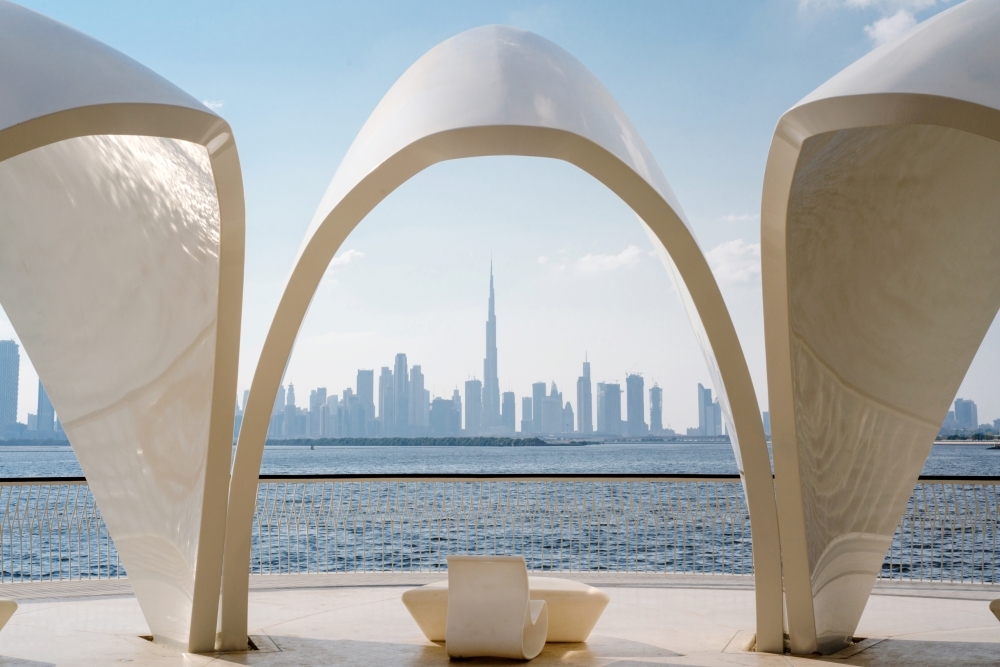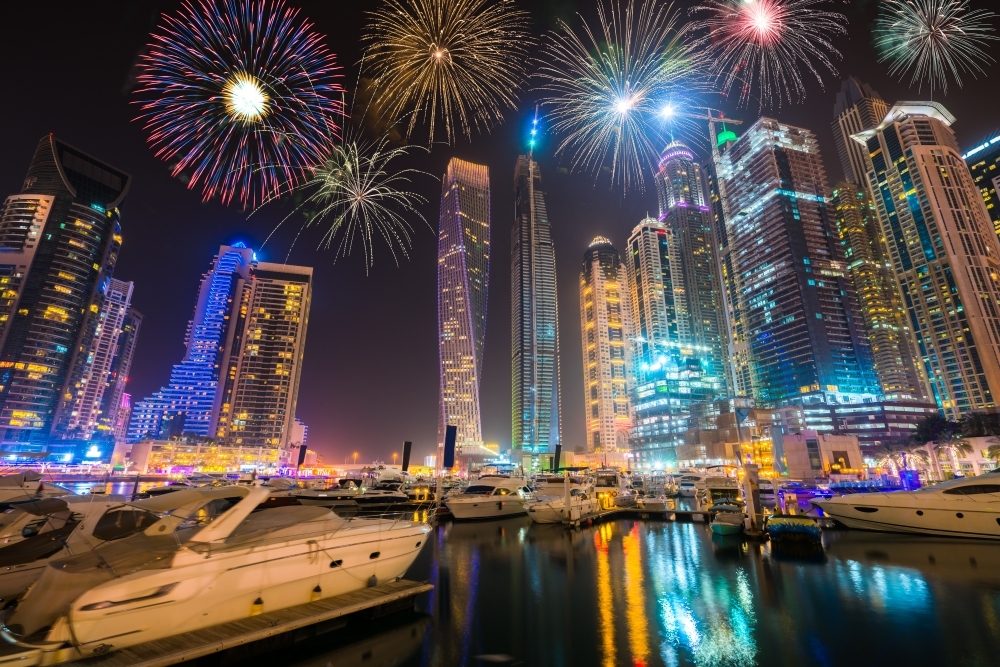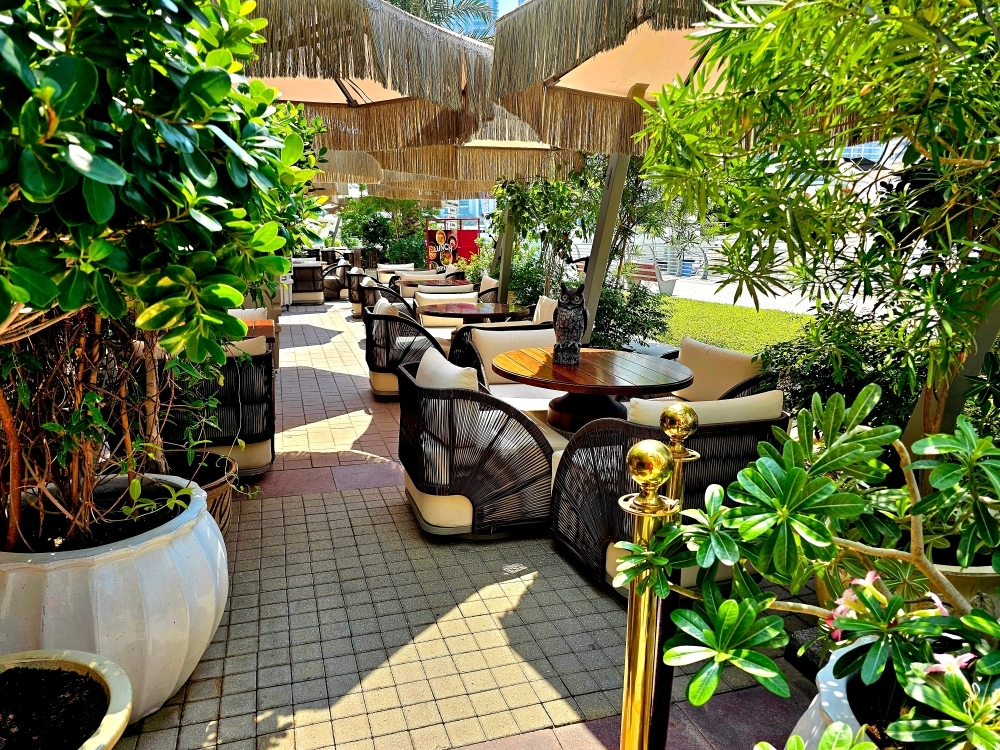Queenwood Golf Club – Surrey’s Quiet Citadel of Golf
Tucked away near Ottershaw in Surrey, Queenwood Golf Club holds a singular place in Britain’s golfing landscape. Established in 2001 by American entrepreneur Fred Green, it was conceived as a private retreat for those who treat golf as a lifelong discipline grounded in tradition.
The course, designed by Scottish architect David McLay Kidd, is an 18-hole, par-72 layout stretching roughly 6,800 yards across Surrey heathland – a rare landscape now protected and cherished. Kidd drew inspiration from early 20th-century English classics such as Sunningdale, Walton Heath, and Swinley Forest, choosing to revive the understated beauty of heathland traditions. Fairways sweep naturally through the terrain, framed by heather and mature pines, while bunkers are carved deep into the earth with a sense of strategy.
Built in Georgian style with red-brick façades and columned verandas, it evokes a private country residence as much as a sporting institution. Inside, only eight guest suites serve members and their guests, reinforcing the club’s exclusivity through limitation. From its verandas, the view rolls gently across green folds of heath, birch, and pine, the landscape pristine yet free from ostentation.
Membership, as expected, comes at a premium as reports place the joining fee above £200,000, with annual dues among the highest in the UK – the club offers not just immaculate fairways but also privacy, heritage, and quiet excellence.

A Private World
Queenwood, from its earliest days, was designed to operate outside the public eye. There is no website to browse, no booking line, no waiting list to join. Entry is strictly by invitation or referral, and even those fortunate enough to be considered must purchase a share in the club. Reports suggest that this costs around £175,000, followed by a one-off playing privilege fee of about £48,000 and annual dues approaching £15,000. Membership, capped at a few hundred, has always been deliberately scarce.
The club’s finances remain private, but notably, revenue comes from members and their subscriptions. This model grants the club full control over its environment – from course maintenance to member experience – without the commercial pressures that shape more public venues.
The governance model is unusual, too. Members hold shares in the club, fostering a sense of partnership rather than patronage. It is said that even the smallest operational changes – from the choice of grass seed to adjustments in irrigation – are subject to consultation and scrutiny. Such attention to detail has not been without friction: a recent rise in annual fees reportedly caused unease among members, though it only underscores how closely the community protects its independence.
A Membership Like No Other
What distinguishes Queenwood, like many other highly exclusive golf clubs, is its membership that is defined by a super elite circle. From the start, Fred Green envisioned a haven where leading professionals and accomplished amateurs could play without distraction. Early members reportedly included Michael Douglas, Catherine Zeta-Jones, and Hugh Grant, alongside celebrated golfers such as Darren Clarke, David Howell, and Paul McGinley. Ernie Els, who has long praised its immaculate practice facilities, once described Queenwood as “the best place in Europe to prepare for competition.”
Over time, the membership has evolved while still retaining its prestige. Figures from across the game – including Justin Rose and Rory McIlroy – are said to play here, joined by business leaders, financiers, and cultural icons. A notable proportion of members are American, many dividing their lives between London and the United States, lending the club a cosmopolitan yet composed air. Despite the calibre of those who belong, Queenwood maintained its no-tournaments, no-sponsorships, or public events; it is a place for pure play.
Surrey’s Golden Triangle
Queenwood’s location deepens its mystique. It lies hidden within what estate agents call Surrey’s “Golden Triangle” – bounded by Virginia Water, Weybridge, and Ascot. This pocket of southern England is dotted with grand homes, polo grounds, and some of Britain’s most distinguished courses. Nearby, Wentworth hosts the BMW PGA Championship and serves as the headquarters of the DP World Tour, while St George’s Hill is celebrated for its architectural pedigree and gated serenity.
Amid these landmarks, Queenwood remains resolutely discreet. The surrounding heathland and ancient woodland lend it a sense of seclusion. There are no signposts or grand entrances – only an unmarked gate and a tree-lined drive that seem to isolate the course from the outside world. For its members, that absence of visibility is part of the charm: a refuge from a public life lived in full view.
Influence and Perception
In the hierarchy of British golf, Queenwood has no counterpart. It hosts no championships and admits no spectators, yet it is frequently cited as one of the most exclusive clubs in the modern era – an English nod to Augusta National (widely regarded as America’s most private and prestigious golf club) in its blend of perfectionism and privacy. Its existence prompts reflection on golf’s direction: whether the sport’s soul lies in its openness or in the preservation of its private traditions.
Whatever one’s stance, Queenwood exemplifies a lasting truth within British golf culture: it thrives in anonymity. Its refusal to advertise or expand, combined with the stature of those who play there, has fostered an unmatchable aura.
The club’s influence extends beyond its fairways. Properties surrounding Ottershaw and Virginia Water rank among the most sought-after in the country, attracting international buyers drawn by privacy and proximity to London. The presence of a club such as Queenwood adds an intangible cachet, reinforcing Surrey’s identity as the heart of Britain’s most exclusive golfing corridor.
A Lasting Impression
Few outside the membership have ever set foot on Queenwood’s greens. Photographs are rare, and mobile phones are discouraged. Those who have played there describe a sense of stillness more akin to a private garden than a sports facility. The staff-to-member ratio is high, ensuring that even the smallest details are attended to. The par threes are cunningly contoured, the par fives generous yet deceptive. In fine weather, the heathland glows with subtle purples and golds, and in winter, the course holds its structure without falter.
Queenwood, to those who pass its gates, will remain largely invisible; meanwhile, to those within, it offers something money alone cannot guarantee: the space to play without interruption, among people who value the same balance of privacy and perfection.



